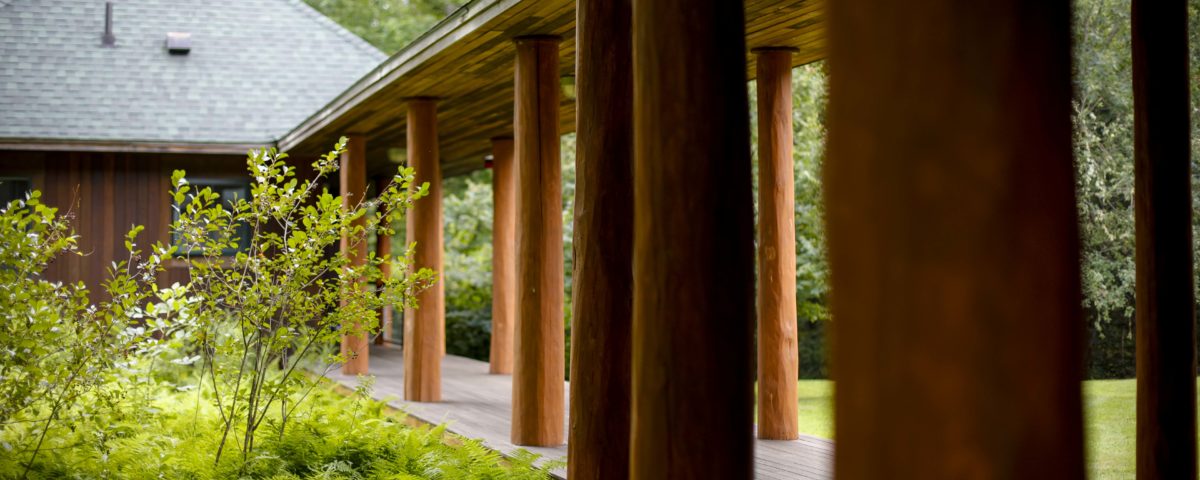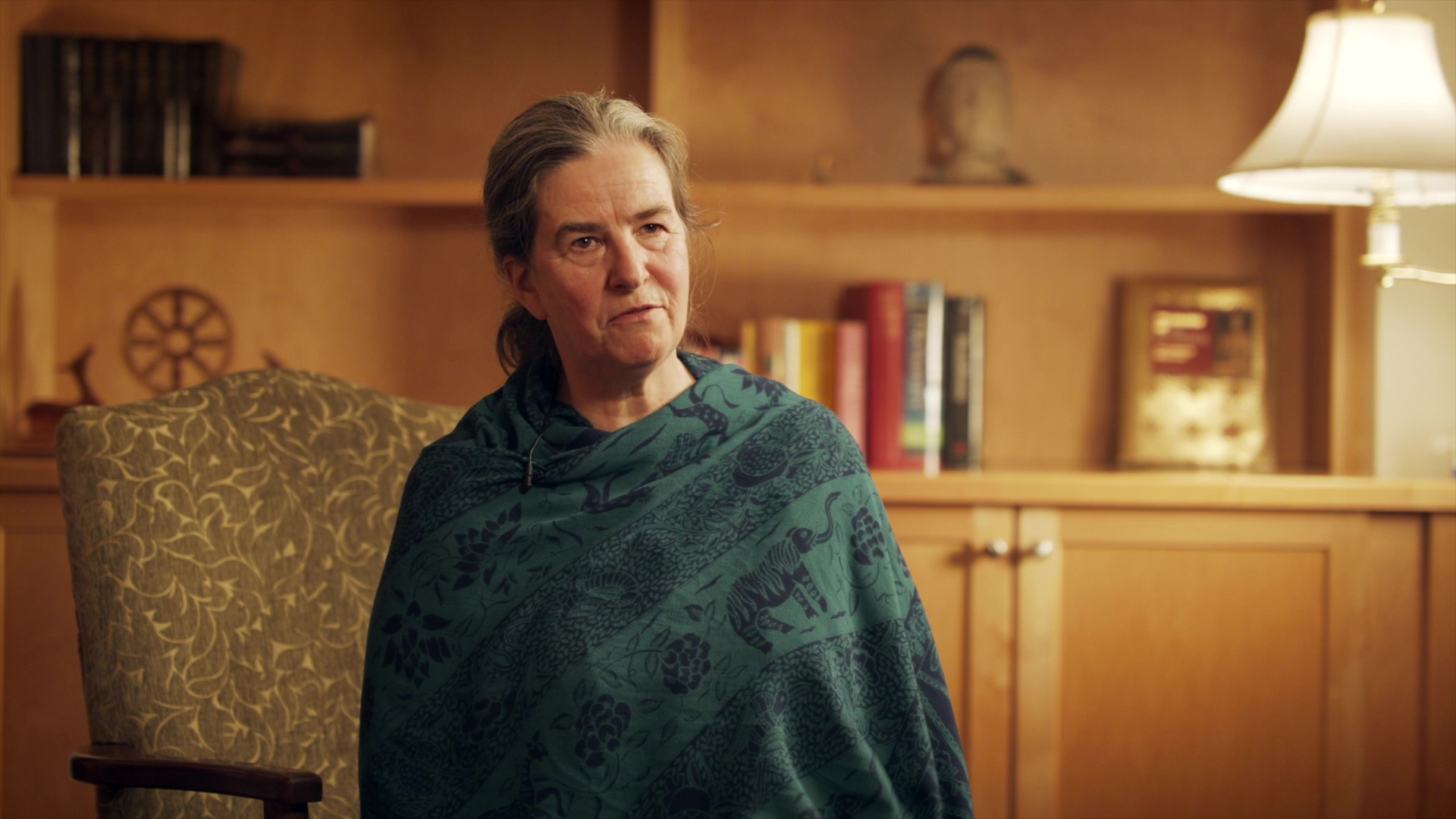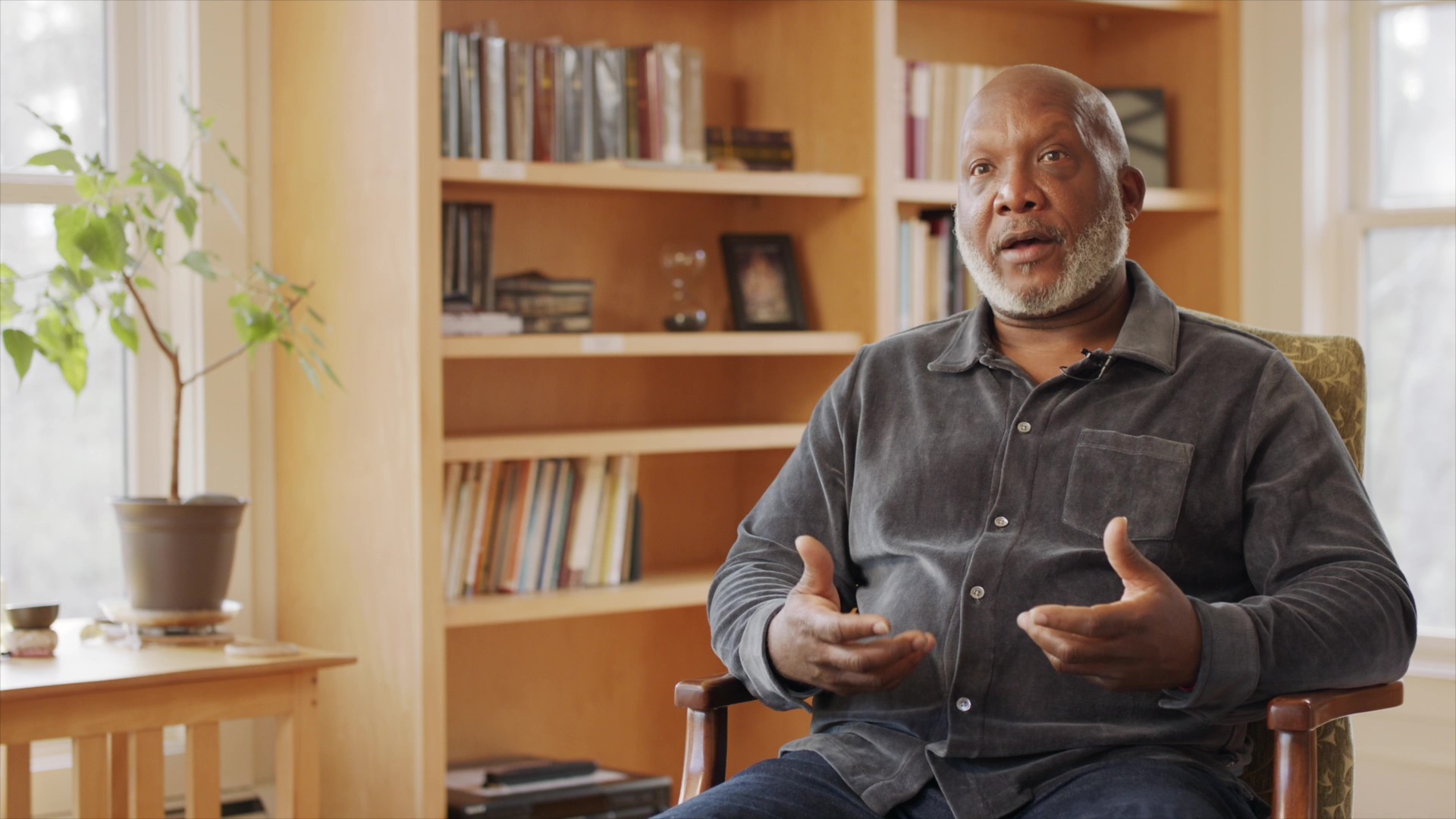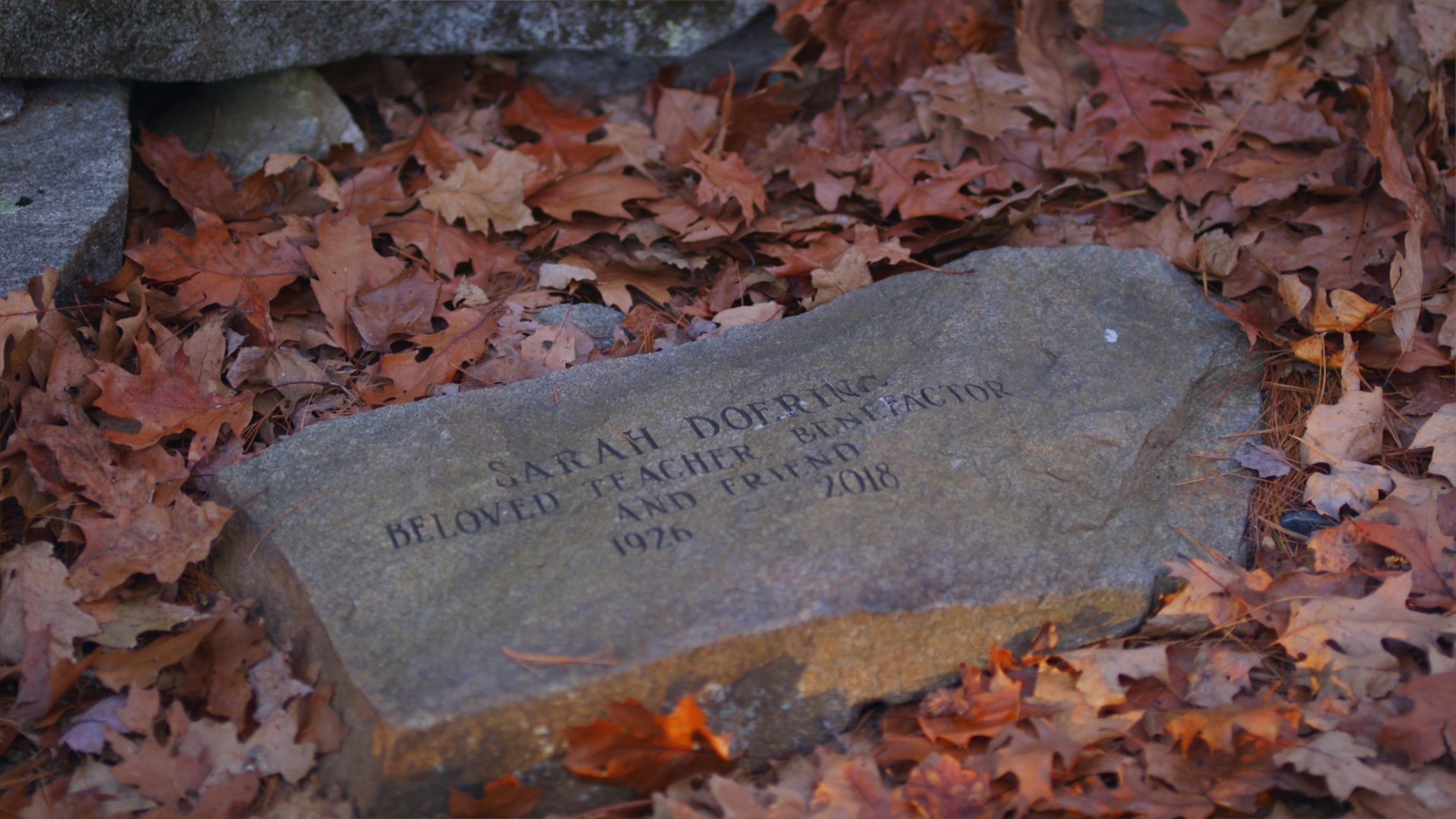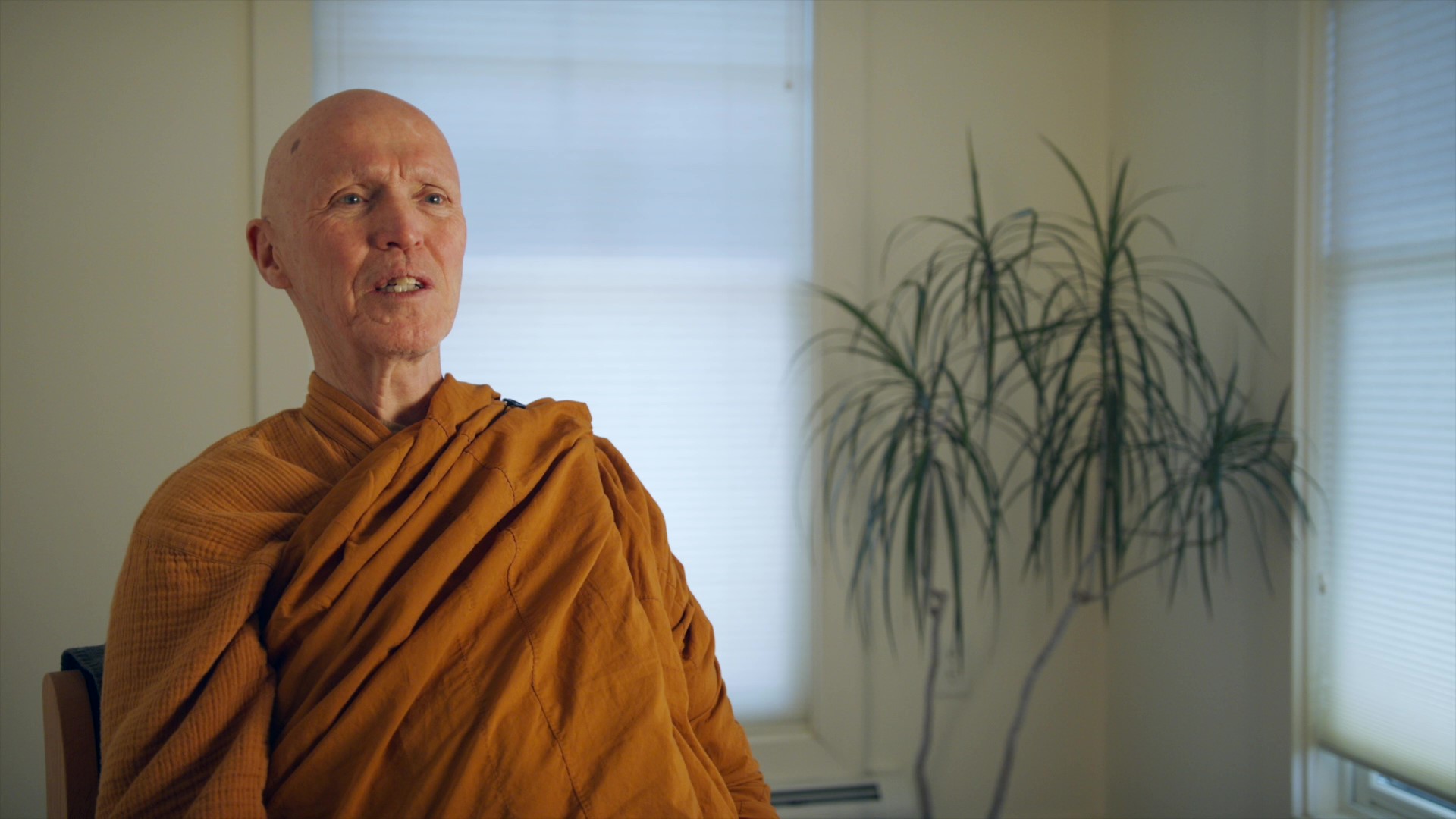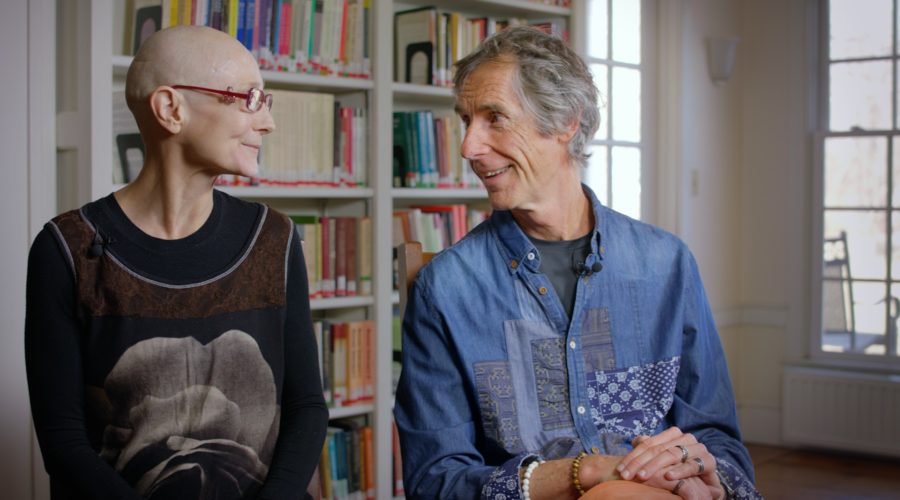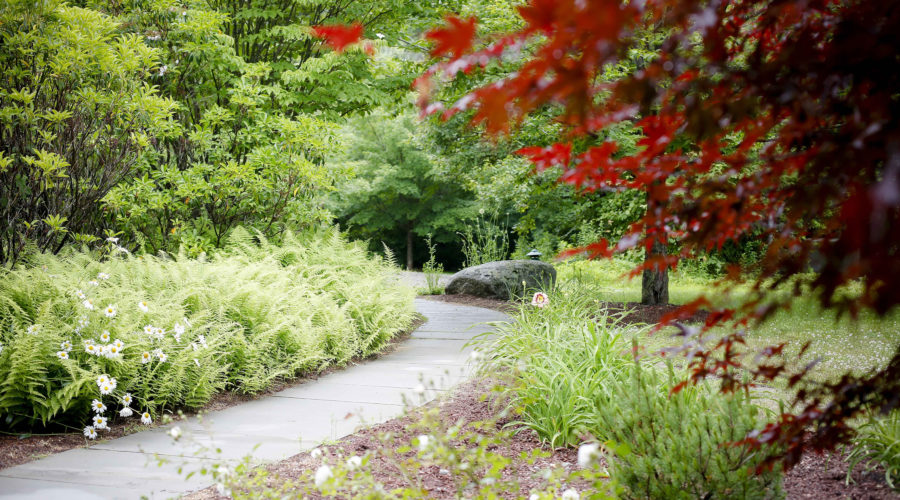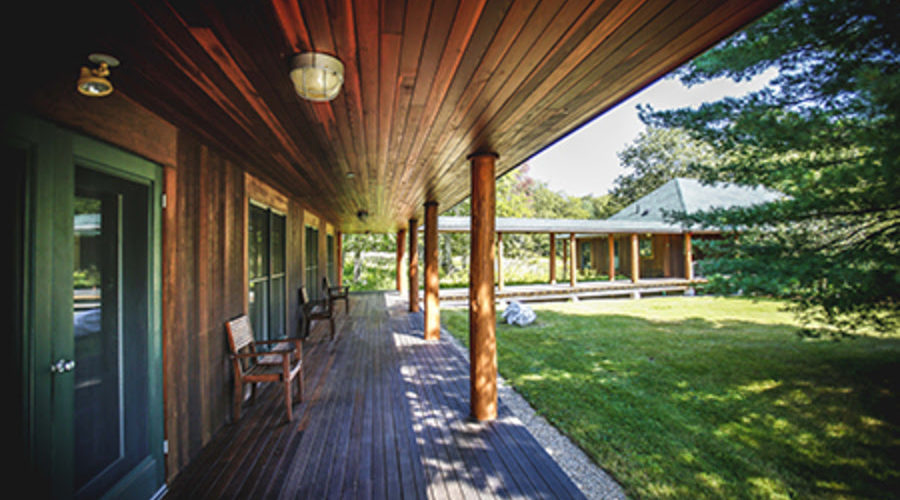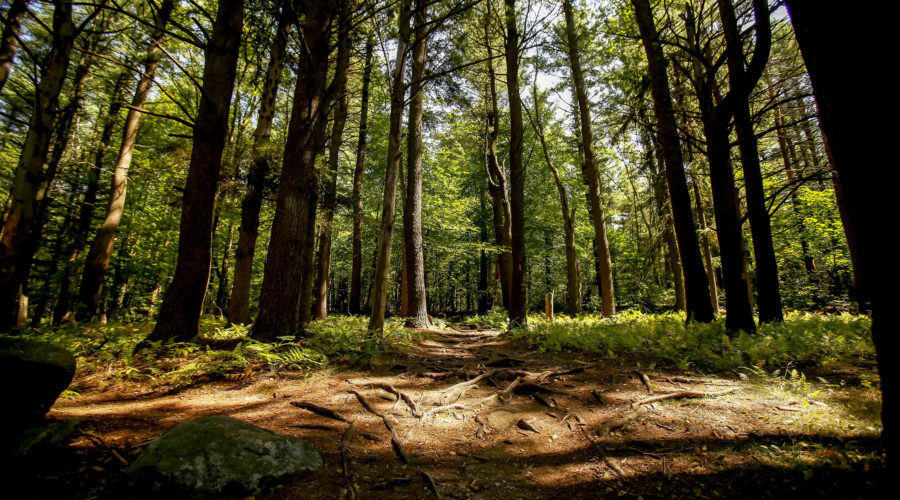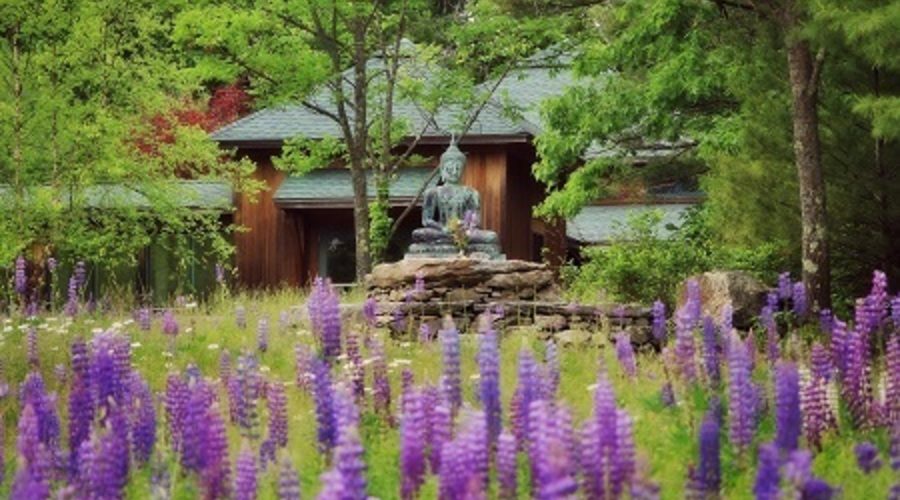The Forest Refuge
The program
IMS’s Forest Refuge has hosted experienced meditators since 2003. Its program is specifically designed to encourage sustained, longer-term retreat practice – a key component in the transmission of Buddhism from Asia to the West.
Within a harmonious and secluded environment, meditators can nurture the highest aspiration for liberation. In consultation with visiting insight meditation teachers, a program of training in one or more Early Buddhist practices is created for each participant, allowing the continuing unfolding of deeper levels of wisdom and compassion. A personal retreat here strengthens practice, faith, confidence and self-reliance.
Participants are welcome to apply for retreat periods ranging from a minimum of seven nights to stays of a year or more. A stay of 10-14 nights or longer is beneficial to deepening practice and supports a more fruitful retreat.
Before you apply, please read the retreat guidelines and make sure you meet the Forest Refuge application requirements. The Forest Refuge is structured for meditators with an established and long-term commitment to vipassana practice, including longer-term retreat experience.
Applicants are expected to have at least one six-week structured and teacher-led insight meditation retreat, or six similar one-week retreats.
For a list of upcoming retreats, check out our 2025 and 2026 Forest Refuge Schedules.

